- Home
- UFAI in the News
- UFAI Medical Publications
- Review of Achilles Tendon Treatment Options
Review of Achilles Tendon Treatment Options
- Published 1/4/2023
- Last Reviewed 1/4/2023

Dr. Bob Baravarian, DPM, FACFAS
The Achilles tendon is the strongest tendon in the body and is also considered to be the most commonly ruptured.1 However, rupture is only one of the problems that can occur with the Achilles tendon. For every torn tendon, I find there are many more tendonitis and tendinopathy cases.
Furthermore, as clinicians often do, I find Achilles ruptures are often associated with a “pop” and instant feeling of pain. Patients relate that the pain does not last very long and, although there is swelling noted in the posterior leg, the pain often subsides. Some patients may not realize they have an Achilles tendon tear for an extended period of time, resulting in a chronic tear that may require additional care over and above a primary Achilles repair surgery.
The point of this column is to share my experience with everything Achilles from tendonitis to tendinopathy and acute to chronic rupture repairs.
Treating Acute Achilles Tendonitis
In my experience, acute cases of an Achilles flare-up or tendonitis are often due to overuse and a level of increased activity that results in the tendon being strained and painful. I usually note pain to the touch on exam and pain to the movement of the Achilles tendon. There may be inflammation and/or crepitus of the tendon with pressure. I do not typically find bulbous enlargement of the tendon and the problem is relatively acute in chronology, ranging from days to weeks.
Several common causes of Achilles tendonitis include pronation deformity of the foot, which results in hyperextension of the tendon and strain on the structure. Furthermore, an increased level of acute activity can place exertional strain on the tendon and cause inflammation.2 Commonly, rest, ice, and anti-inflammatory treatments, physical therapy and protection will result in improvement. Insoles or orthotics may help to reduce a pronation deformity and improve the long-term protection of the tendon. Achilles strengthening exercises and gentle stretching after a period of rest will also protect and improve the function of the tendon.2
The Challenges of Chronic Achilles Tendinopathy
If acute Achilles tendonitis is not well-treated in a timely fashion and continued strain and damage occur, I have found there may be microscopic tears in the fibrils of the tendon with scar formation and a more chronic damage. I usually find that the inflammatory process necessary for healing of the damaged Achilles may reduce over a period of 3–6 months, resulting in chronic, noninflammatory scar formation, which I often note with a bulbous enlargement of the Achilles tendon in the midsubstance region.
The goal I focus on during treatment of chronic Achilles tendinopathy is to convert a chronic, noninflammatory condition to a more acute inflammatory condition, which may then allow the body to react to the damaged area and heal. In my experience, rest, ice, and anti-inflammatory treatments do not always help a chronic condition as true inflammation is not the primary process present. I find physical therapy can be very helpful, however, and often includes scar tissue focused modalities in the form of Astym (augmented soft tissue manipulation) or Graston techniques. In stubborn cases that do not respond, I’ve found inducing that inflammatory process may require additional treatments such as extracorporeal shockwave therapy, platelet-rich plasma (PRP) (click for photo) injection or amniotic fluid injections.
I have used extracorporeal shockwave therapy for years, but in the past 3 years began using the OrthoGold 100 (SoftWave) device. Through a combination of ultrasonic sound waves, light waves, and shockwaves, the scar tissue is broken apart in the damaged tendon and the body’s stem cell response is activated to help heal the region.3 We perform treatments weekly for a total of 5–10 treatments, depending on the level of scar tissue and damage noted.
If the Achilles is very bulbous and additional response is required or multiple treatments are difficult for the patient, in my practice I have found that PRP injection is a good choice. My patients relate that PRP can cause dramatic pain in the region, and I will often use a boot to rest the tendon after this procedure to make the patient more comfortable. I prefer ultrasound guidance during the injection process, with a peppering technique to use the needle to break up some of the scar tissue while injecting small amounts of the PRP into the region of damage in multiple directions and angles.
Amniotic fluid injections have become a mainstay in my treatment of Achilles tendinopathy. Amniotic fluid has a stem cell response associated with the injection and causes an inflammatory healing response in the region of injection4 but in my experience, may not result in the same level of pain as PRP.
Amniotic injections differ in their material and the source of the material to be injected. I prefer the use of Wharton’s jelly, which seems to have the best response in our practice’s hands. Again, peppering and ultrasound guidance is preferable but not essential and the use of a boot may be a good option. It is not rare to repeat the PRP or amniotic injection a second time 4–6 weeks after the first injection in stubborn cases.
If these adjuvant treatments are not responsive, debridement of the tendon with additional cell injection may become necessary. In my residency, we would open and debride the damaged tendon area. I now hypothesize that the procedure of opening the tendon and removing the scar tissue was just causing an inflammatory response, which may have helped to heal the damage. This can now be done percutaneously with the use of debridement devices through small incisions.
Three common debridement probes used are the Topaz (Smith and Nephew), TenJet (HydroCision), and Tenex (Trice Medical) devices.
Topaz is a radiofrequency coblation device that uses a grid pattern with 20–30 holes made with a needle or 0.062 K-wire through the skin followed by the Topaz probe. This device is reported to stimulate angiogenesis and healing in the degenerative tendon, creating a local plasma layer that dissolves molecular bonds of soft tissue scarring.5
The Tenex and TenJet probes function to remove the scar tissue in a more mechanical manner.6,7 The probe is introduced and under ultrasound guidance the scar tissue is broken apart by the probe and removed with suction. TenJet utilizes a power saline jet system that will break up the scar and debride it,6 whereas the Tenex system debrides and aspirates via phacoemulsification.7
I personally prefer the TenJet system’s small and precise probe. I will add a PRP injection post-debridement, as well. I advise a boot and possibly crutches for a period of 2–4 weeks to rest the tendon depending on the amount of damage and debridement necessary. Physical therapy is started post-treatment to prevent scarring once the wound is healed and I recommend avoiding ice during therapy. Graston or Astym treatments are a mainstay of therapy post-procedure for my patients. I also find it important to strengthen and stretch the tendon post-repair and protect any overpronation, and resultant tendon strain post-recovery.
What You Should Know About Acute Achilles Tears
Acute Achilles ruptures in my practice often present with weekend warriors who are active and the age range of injury in patients ranges from early 20s to late 60s. Patients may present saying they “sprained their ankle,” yet they have weakness to plantarflexion and a palpable gap. A positive Thompson test is also indicative of a tear. Diagnostically, an examination is often sufficient to assess a tear but imaging is often necessary for confirmation.8 Magnetic resonance imaging (MRI) is a mainstay of imaging used. I have begun to use in-office ultrasound for my testing and radiographic diagnostics as it is inexpensive, fast, and easy to perform. Ultrasound testing is also dynamic, and can show if the tendon ends approximate with plantarflexion, which I find helpful in planning the treatment course.
It is rare for me to consider nonsurgical Achilles casting as an option for acute rupture, but this is of value to consider. If the tendon ends approximate with ultrasound testing, serial casting in a plantarflexed position may allow the tendon ends to heal with great results. The main issues are that there may be higher rates of rerupture in nonsurgical cases and there is often a longer recovery time and need for protection in such cases. Furthermore, casting may result in a tendon that lacks strength or is not at an optimal length resulting in weakness. This is a problem, and may require surgery for a chronic Achilles tear that is overlengthened and nonfunctional.
In the case of surgical repair, I have started utilizing a minimally invasive repair (click for photo) system almost exclusively, and now find it rare to have to make a large incision in acute cases for an end-to-end repair. Furthermore, a minimally invasive system places the sutures in the nonruptured region of the tendon which is likely stronger and of better quality. I use the Percutaneous Achilles Repair System (PARS, Arthrex). If the tendon tear is high in the midsubstance region and the distal end is of good quality, an end-to-end repair is performed with sutures placed on both sides of the tear and sutured together. An additional collagen matrix wrap can be added in the tear area incision site for greater strength if necessary.
If the tear is distal or not enough quality tendon is present to do an end-to-end suture repair, I pass the proximal sutures to the heel insertion and tie into the calcaneus with anchors. This type of technique can be slightly more difficult to perform, but the repair is stronger and more reproducible, in my experience. Local suturing of the tendon ends can also be added as well as a collagen wrap as needed. The benefits of surgical repair I find are added strength to the repair, a more rapid recovery process, and therapy at an earlier timeframe.
Our current postsurgical protocol is 5 weeks of casting to allow for early repair of the tendon. This is critical to prevent overlengthening of the tendon. At 5 weeks the patient is placed in a tall boot with 1 inch of lift. Partial weight-bearing is allowed and physical therapy is started. Each week a one-quarter inch portion of the lift is removed until the angle is reduced to a flat boot over 3 weeks. Protection of the tendon in the boot is then either removed and a shoe is started or additional protection is continued until week 10 postsurgery. Therapy is then performed to increase strength until a single heel raise is possible. Recovery may take 3–6 months in total.
How to Treat Chronic Achilles Ruptures
Often this type of pathology occurs in patients who injure themselves but, due to the lack of acute pain, the patient continues to function on their foot and the result is a tendon that does not heal or heals in a stretched-out manner.
Treatment that I employ for such a condition is to primarily to repair the Achilles (click for photo) in a functional length with or without tendon augmentation. In my experience, it is rare that the Achilles can be primarily repaired when chronically ruptured. If there was a high-grade partial tear and the Achilles repaired in a lengthened manner, an end-to-end open repair can be performed by removing a tubular section of scar and tendon and re-repairing under anatomical tension.
Often the Achilles tendon, the soleus, and gastrocnemius muscles are weakened and full strength may not return, therefore a flexor hallucis longus (FHL) tendon transfer to the heel can add strength to the Achilles function. The FHL tendon is harvested posterior to the Achilles tendon and just medial to the calcaneal insertion. Care is taken to avoid damage to the tibial nerve and the FHL is transected and transferred to the calcaneus with the use of an interference screw under tension. The FHL will act in sync with the Achilles tendon to add push off strength.
Recovery from such procedures is commonly similar to a primary acute tendon tear repair and extensive therapy is necessary to strengthen the area.
In Conclusion
The Achilles tendon is a fascinating and complicated tendon that is often injured and commonly a source of significant presentation in foot and ankle practices. With proper diagnosis and a comprehensive treatment options, the care and recovery of this challenging condition can be both rewarding and a wonderful part of each and every practice.
Dr. Baravarian is an Assistant Clinical Professor at the UCLA School of Medicine. He is the Director and Fellowship Director at the University Foot and Ankle Institute in Los Angeles (/podiatrist/dr-bob-baravarian).
References
1. O’Brien M. The anatomy of the Achilles tendon. Foot Ankle Clin. 2005;10(2):225-238.
2. Pabon MAM, Naqvi U. Achilles tendonitis. StatPearls (Internet). Available at: https://www.ncbi.nlm.nih.gov/books/NBK538149/ . Updated May 29, 2022. Accessed December 9, 2022.
3. Schmitz C, Csaszar NBM, Milz S, et al. Efficacy and safety of extracorporeal shock wave therapy for orthopedic conditions: a systematic review on studies listed in the PEDro database. Br Med Bull. 2015;116:115-138.
4. De Girolamo K, Morlin Ambra LF, Orfei CP, et al. Treatment with human amniotic suspension allograft improves tendon healing in a rat model of collagenase-induced tendinopathy. Cells. 2019 Nov 8;8(11):1411.
5. Shibuya N, Thorud JC, Humphers JM, Devall JM, Jupiter DC. Is percutaneous radiofrequency coblation for treatment of Achilles tendonosis safe and effective? J Foot Ankle Surg. 2012;51(6):767-771.
6. Wong AK, Swami PN, Reed TF, Bitterman A, Grande DA. Efficacy and safety of a percutaneous tenotomy system for debridement of tendinopathic tissues. J Long Term Eff Med Implants. 2018;28(3):199-203.
7. Vajapey S, Ghenbot S, Baria MR, Magnussen RA, Vasileff WK. Utility of ultrasonic tenotomy for tendinopathies: a systematic review. Sports Health. 2021;13(3):258-264.
 I have been back to physical therapy now for a couple of weeks. Lydia has been working with me on my balance and mobility in my...Leslie V.
I have been back to physical therapy now for a couple of weeks. Lydia has been working with me on my balance and mobility in my...Leslie V. I liked it.Liisa L.
I liked it.Liisa L. I depend on the doctors at UFAI to provide cutting edge treatments. Twice, I have traveled from Tucson, Arizona to get the car...Jean S.
I depend on the doctors at UFAI to provide cutting edge treatments. Twice, I have traveled from Tucson, Arizona to get the car...Jean S. Smashed a toe pretty good and had a toenail going in the wrong way.
Smashed a toe pretty good and had a toenail going in the wrong way.
I called the doctors office. they took my California Care...Surfwith T. They helped me in an emergency situation. Will go in for consultation with a Dr H????
They helped me in an emergency situation. Will go in for consultation with a Dr H????
Re foot durgeryYvonne S. It went very smoothly.Maria S.
It went very smoothly.Maria S. My experience at the clinic was wonderful. Everybody was super nice and basically on time. Love Dr. Bavarian and also love the ...Lynn B.
My experience at the clinic was wonderful. Everybody was super nice and basically on time. Love Dr. Bavarian and also love the ...Lynn B. I fill I got the best service there is thank youJames G.
I fill I got the best service there is thank youJames G. My experience with your practice far exceeded any of my expectations! The staff was always friendly, positive and informative. ...Christy M.
My experience with your practice far exceeded any of my expectations! The staff was always friendly, positive and informative. ...Christy M. Love Dr. Johnson.Emily C.
Love Dr. Johnson.Emily C. The front office is very friendly and helpful. Dr Briskin takes his time, makes sure to ask all pertinent questions and is thor...Laurie P.
The front office is very friendly and helpful. Dr Briskin takes his time, makes sure to ask all pertinent questions and is thor...Laurie P. I am a new patient and felt very comfortable from the moment I arrived to the end of my visit/appointment.Timothy L.
I am a new patient and felt very comfortable from the moment I arrived to the end of my visit/appointment.Timothy L.
-
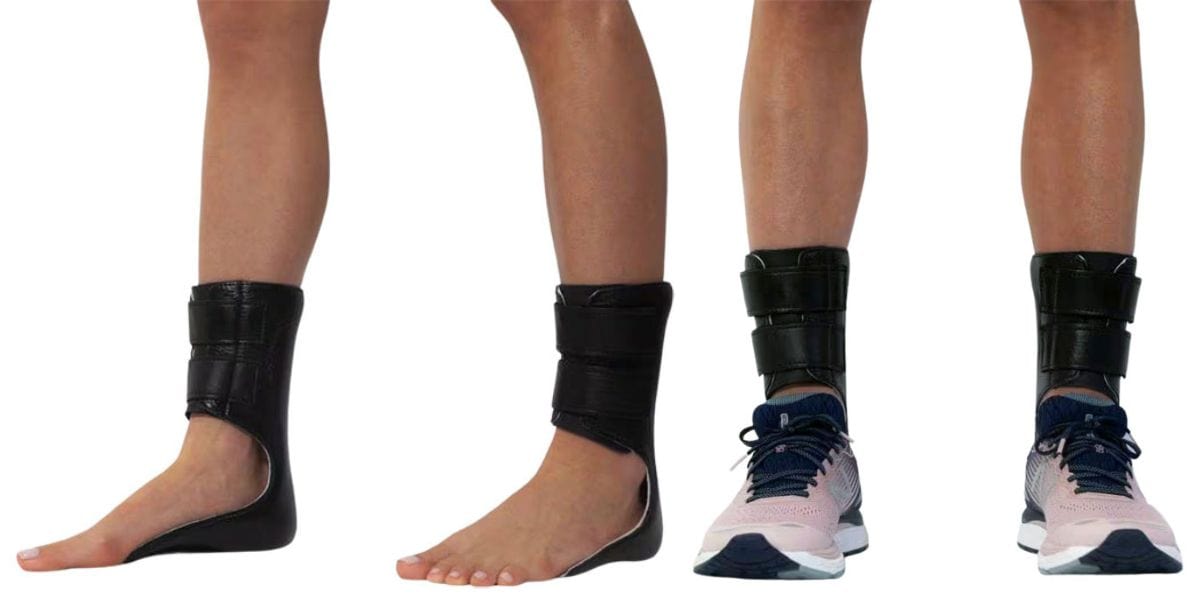 Listen Now
Moore Balance Brace: Enhance Stability and Prevent Falls for Better Mobility
Read More
Listen Now
Moore Balance Brace: Enhance Stability and Prevent Falls for Better Mobility
Read More
-
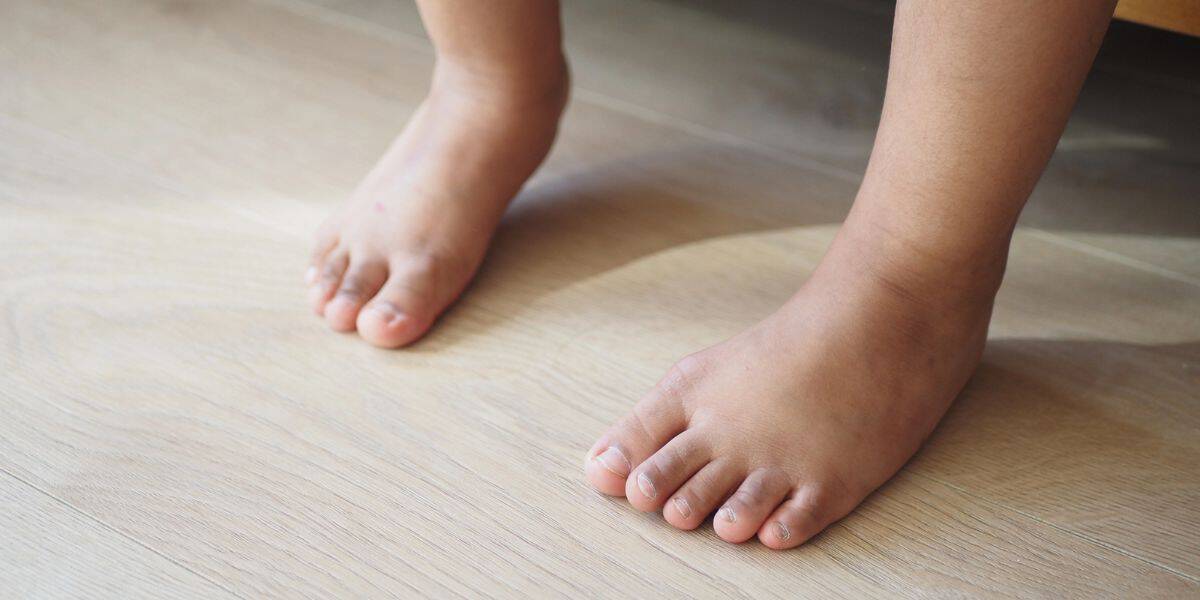 Listen Now
Pediatric Bunion Surgery
Read More
Listen Now
Pediatric Bunion Surgery
Read More
-
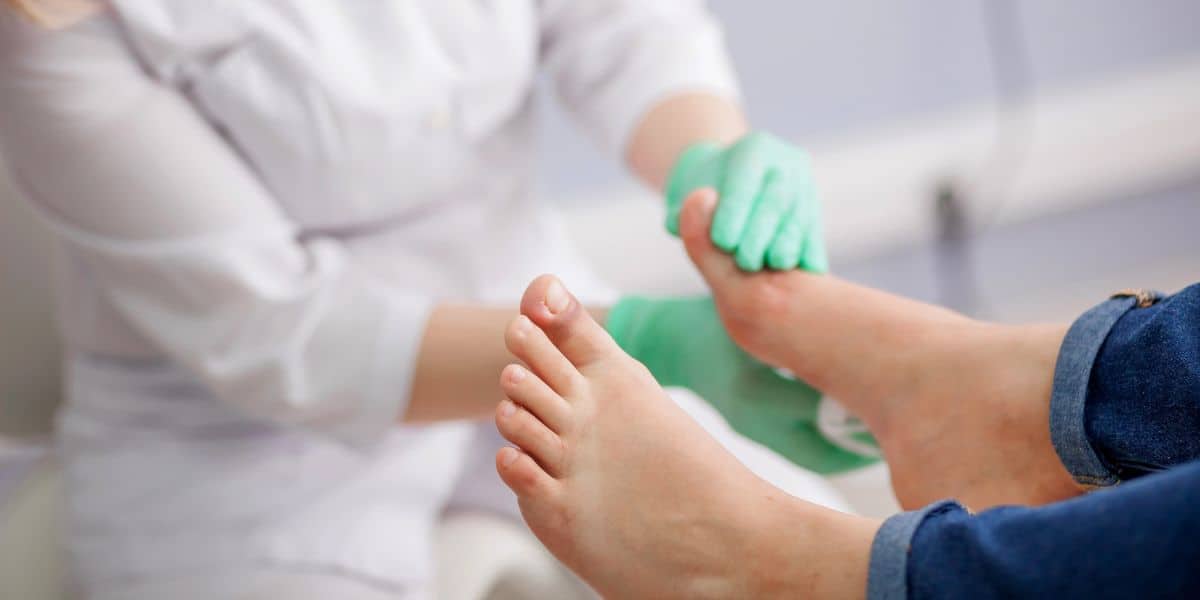 Listen Now
Non-Surgical Treatment for Plantar Fasciitis – What Are Your Options?
Read More
Listen Now
Non-Surgical Treatment for Plantar Fasciitis – What Are Your Options?
Read More
-
 Listen Now
Bunion Surgery for Seniors: What You Need to Know
Read More
Listen Now
Bunion Surgery for Seniors: What You Need to Know
Read More
-
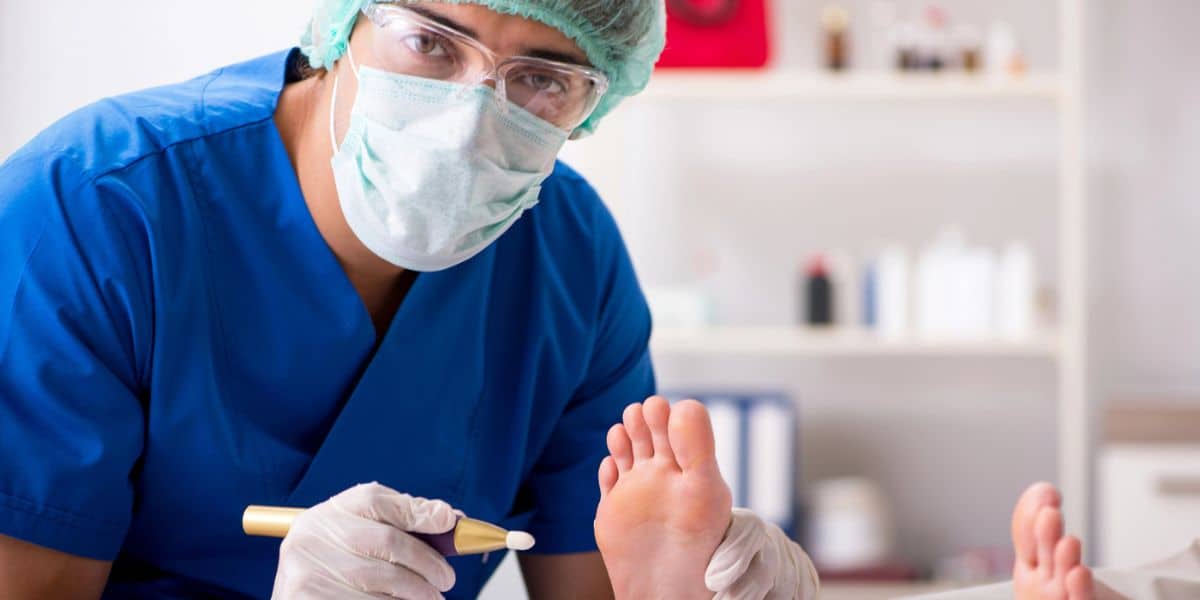 Listen Now
Should I See a Podiatrist or Orthopedist for Foot Pain and Ankle Problems?
Read More
Listen Now
Should I See a Podiatrist or Orthopedist for Foot Pain and Ankle Problems?
Read More
-
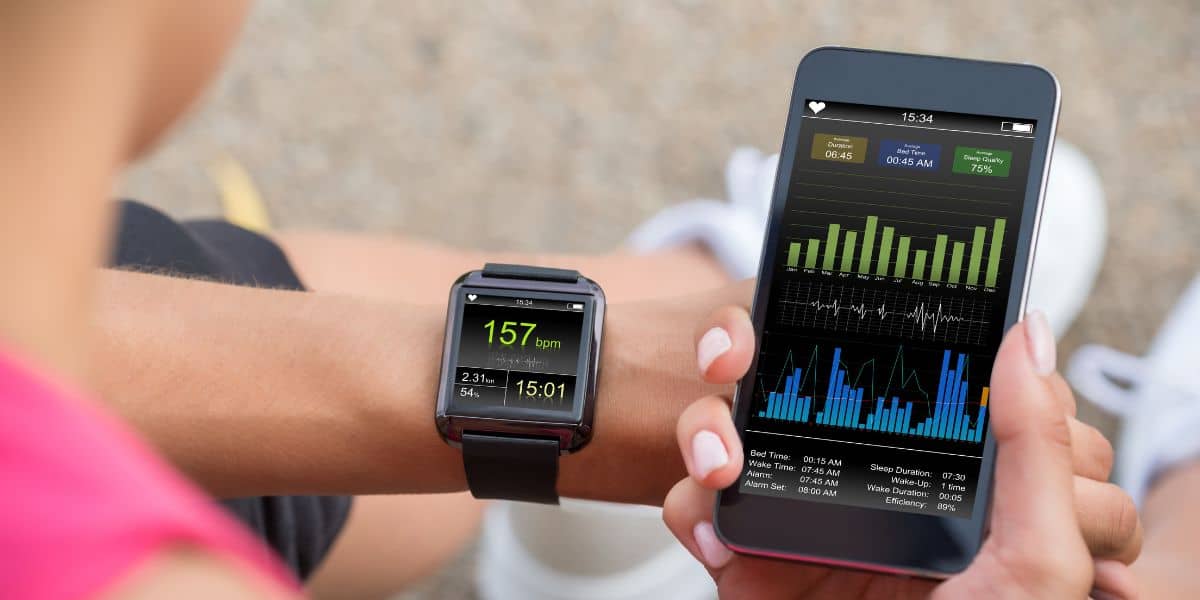 Listen Now
How Many Steps Do I Need A Day?
Read More
Listen Now
How Many Steps Do I Need A Day?
Read More
-
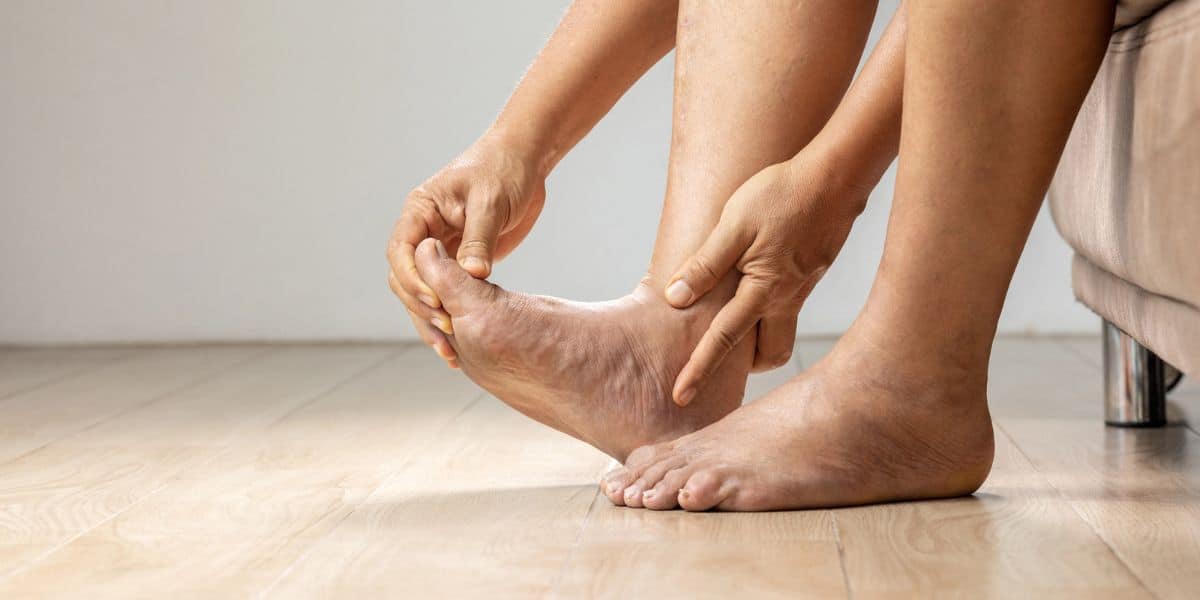 Listen Now
Top 10 Non-Surgical Treatments for Morton's Neuroma
Read More
Listen Now
Top 10 Non-Surgical Treatments for Morton's Neuroma
Read More
-
 Listen Now
15 Summer Foot Care Tips to Put Your Best Feet Forward
Read More
Listen Now
15 Summer Foot Care Tips to Put Your Best Feet Forward
Read More
-
 Listen Now
Do Blood Pressure Medicines Cause Foot Pain?
Read More
Listen Now
Do Blood Pressure Medicines Cause Foot Pain?
Read More
-
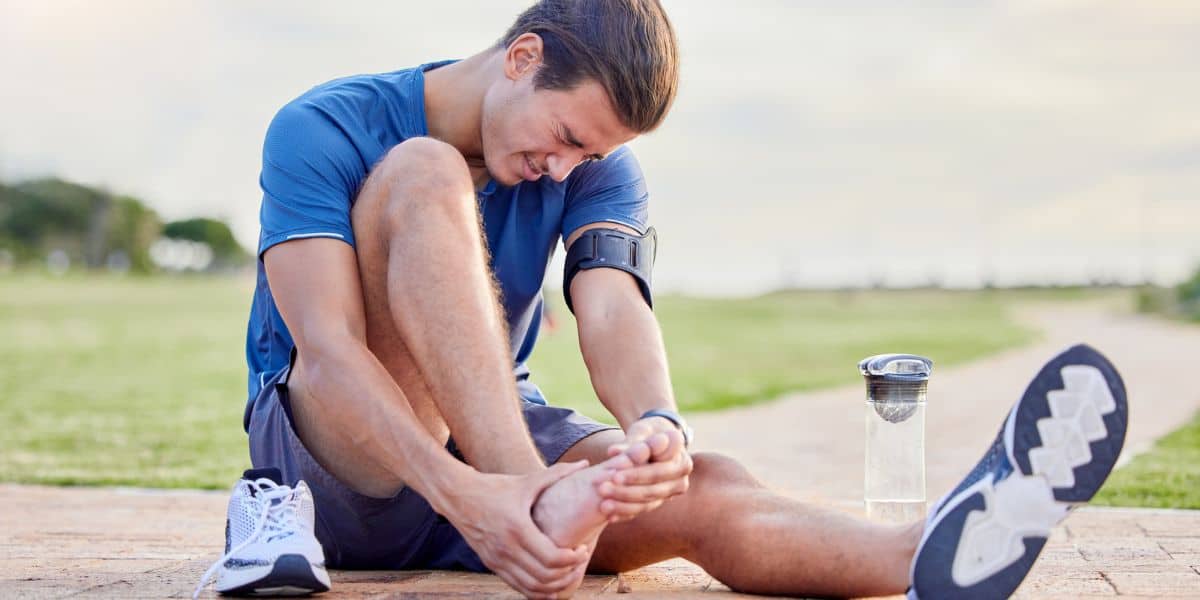 Listen Now
Bunion Surgery for Athletes: Can We Make It Less Disruptive?
Read More
Listen Now
Bunion Surgery for Athletes: Can We Make It Less Disruptive?
Read More
-
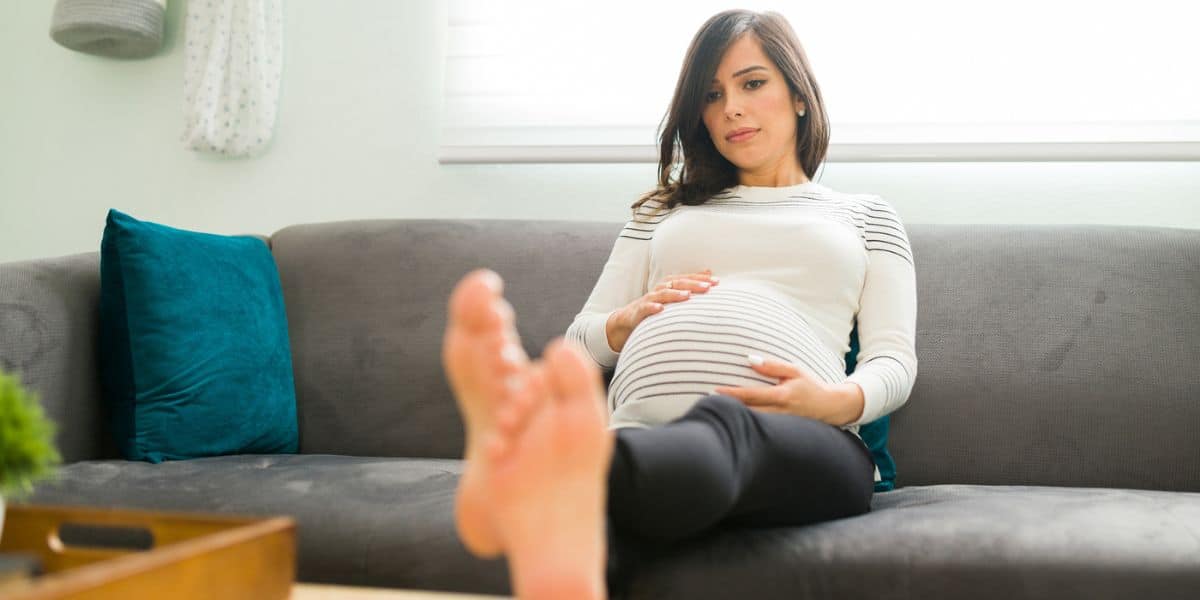 Listen Now
Swollen Feet During Pregnancy
Read More
Listen Now
Swollen Feet During Pregnancy
Read More
-
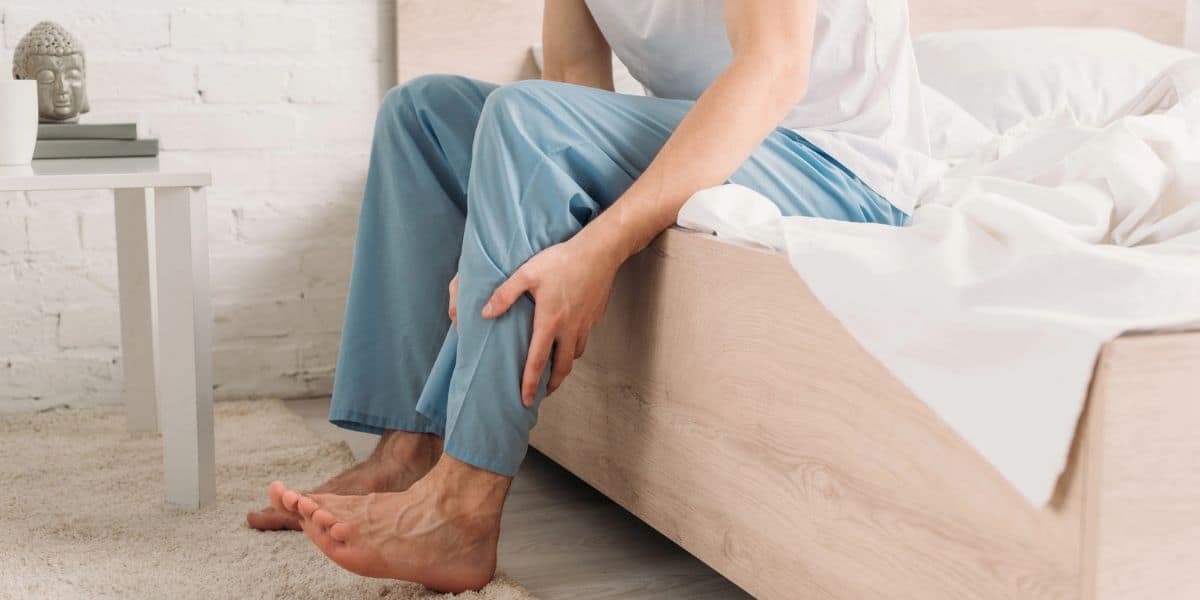 Listen Now
What Are Shin Splints?
Read More
Listen Now
What Are Shin Splints?
Read More
-
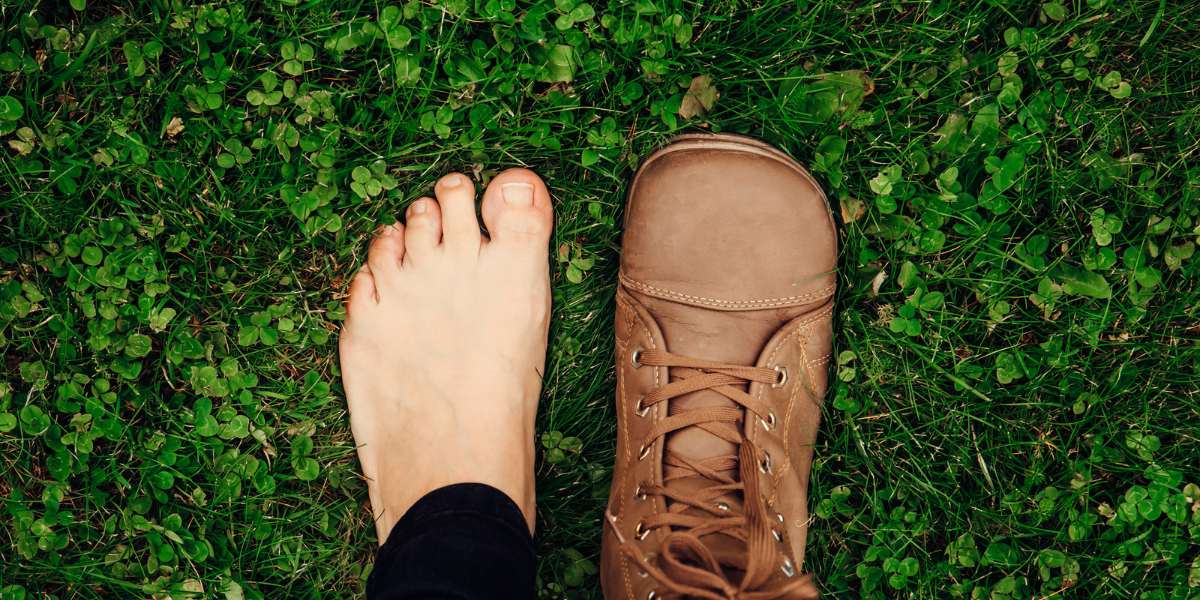 Listen Now
How To Tell If You Have Wide Feet
Read More
Listen Now
How To Tell If You Have Wide Feet
Read More
-
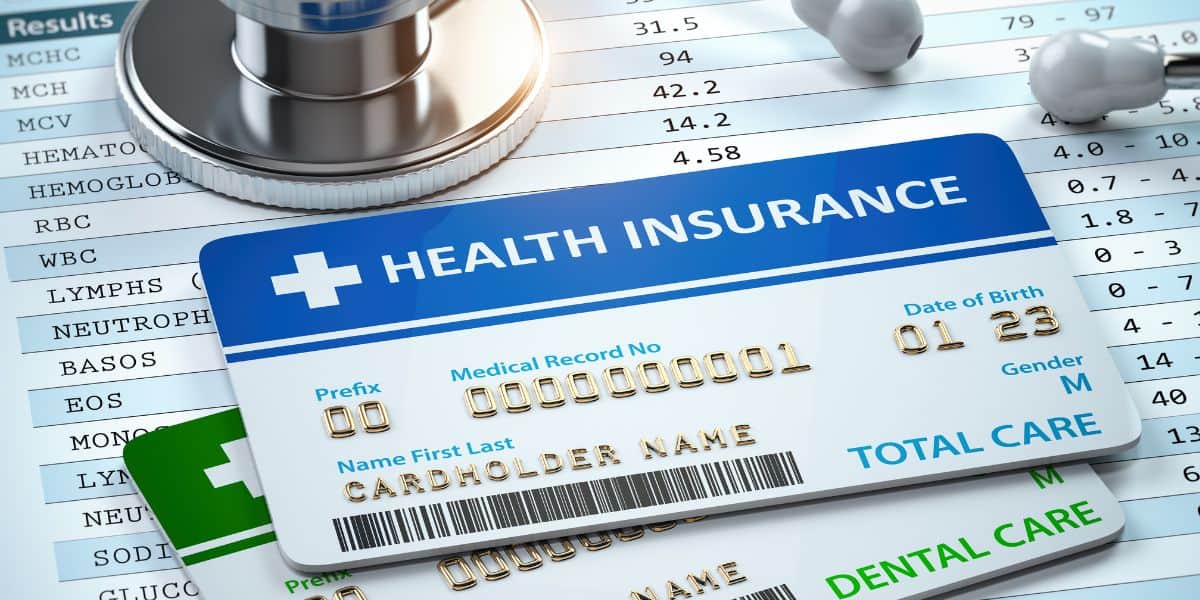 Listen Now
Is Bunion Surgery Covered By Insurance?
Read More
Listen Now
Is Bunion Surgery Covered By Insurance?
Read More
-
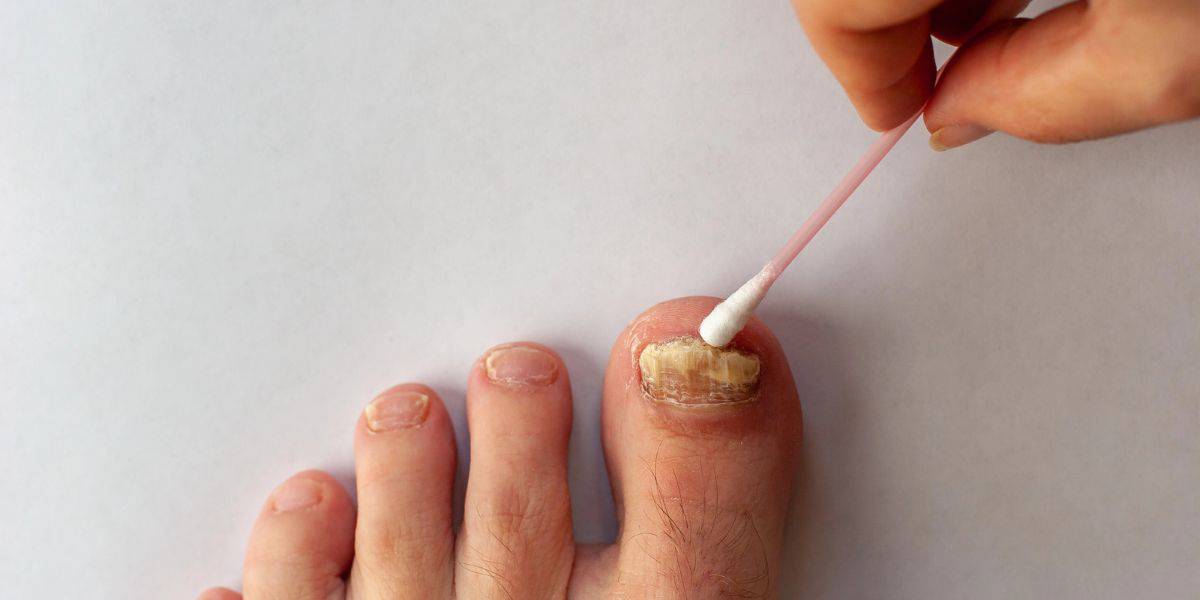 Listen Now
What To Do When Your Toenail Is Falling Off
Read More
Listen Now
What To Do When Your Toenail Is Falling Off
Read More














